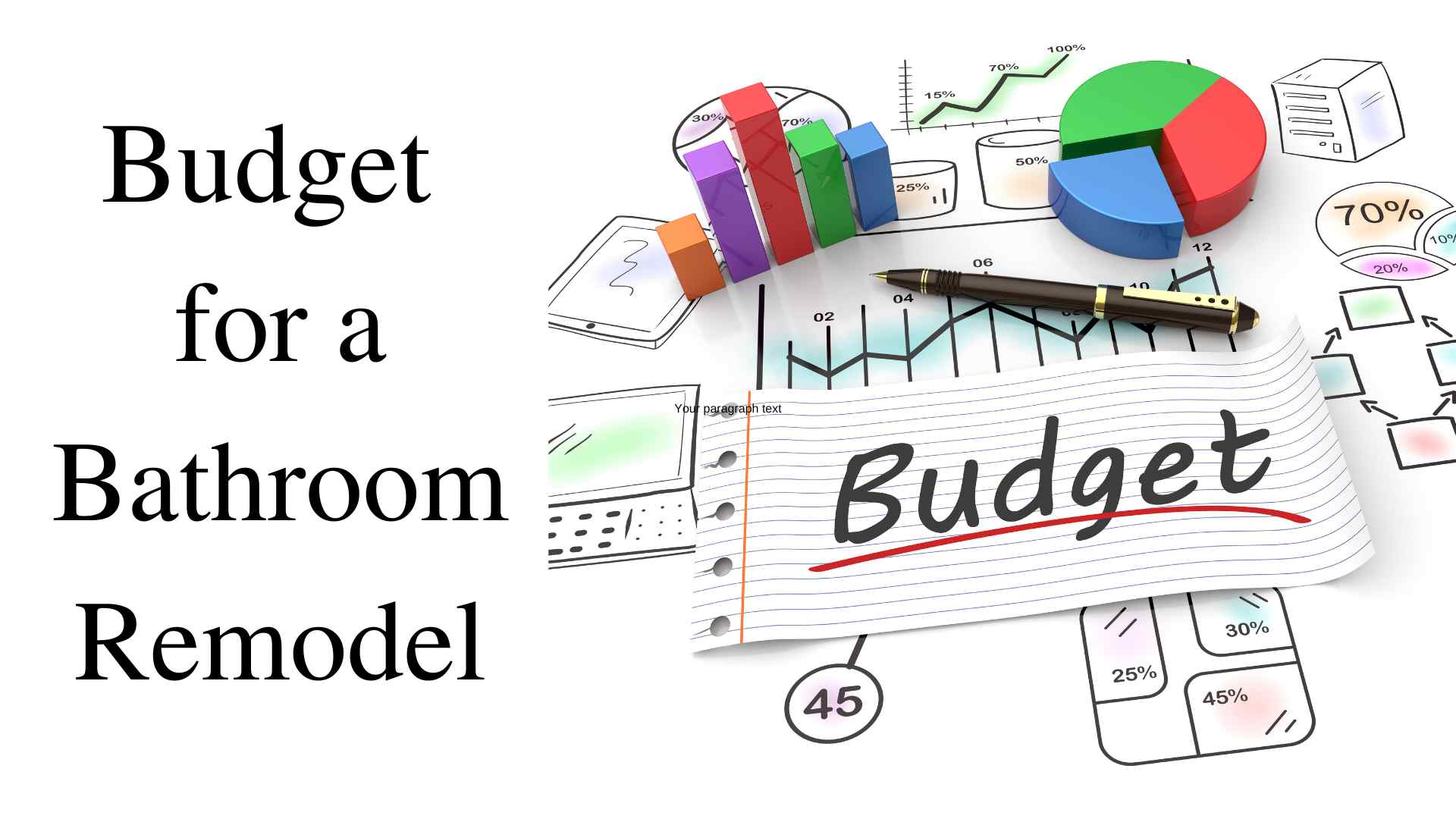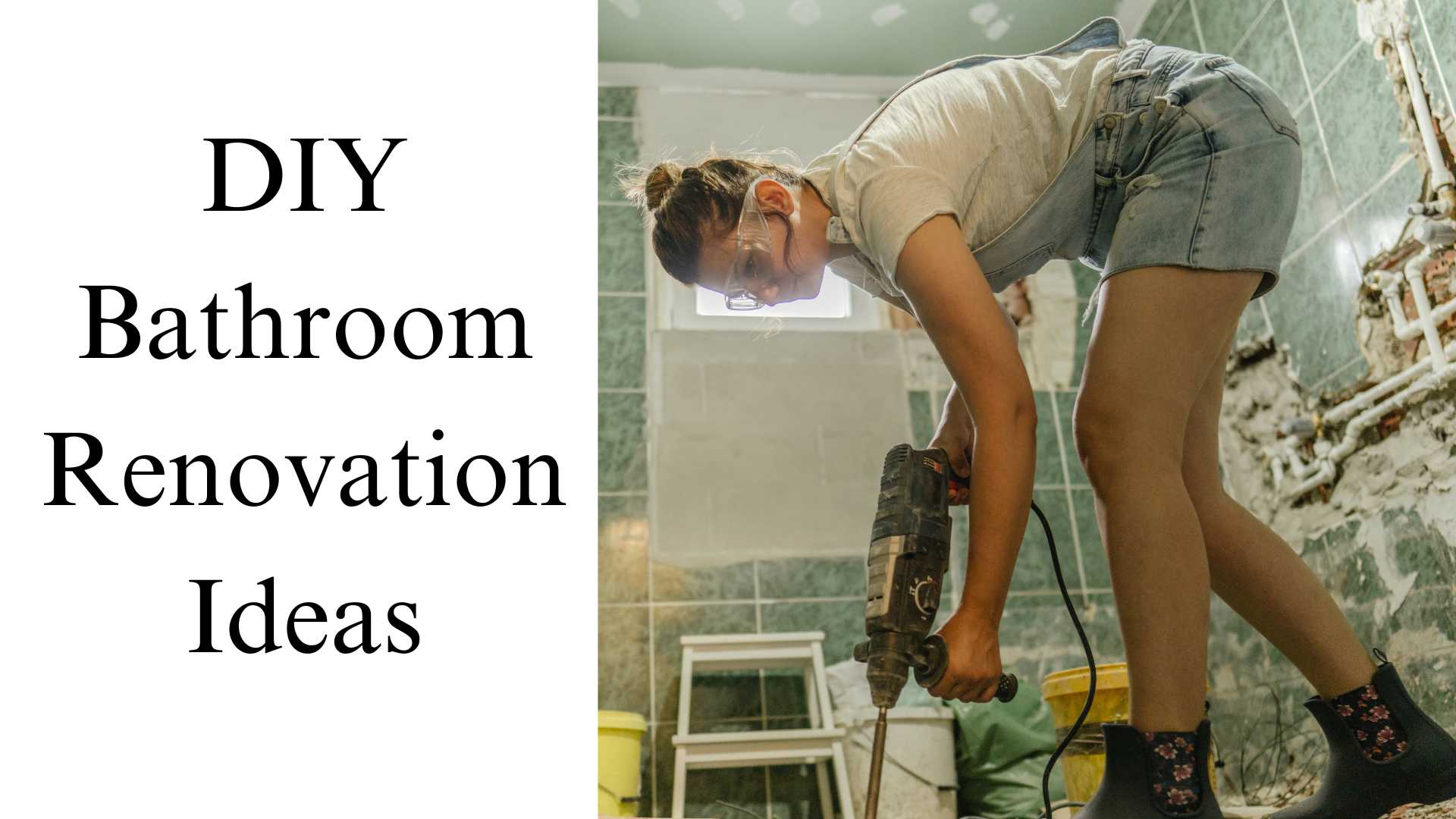Starting a bathroom remodel can be exciting. It offers the opportunity to transform a functional space into a personal sanctuary. However, it’s crucial to wisely budget for a bathroom remodel to avoid unexpected expenses and ensure a smooth transformation.
Financial planning for such an initiative is essential and forms the cornerstone of achieving your desired makeover without breaking the bank. A thoughtfully planned budget helps manage expenses effectively, eliminate the risk of unforeseen bathroom remodel costs, and ensure a smooth and hassle-free renovation journey.
Budget for a Bathroom Remodel

- Establish a Realistic Budget: Determine what you can afford and allocate funds accordingly. Prioritize your spending based on your preferences and needs.
- Invest in Quality for Focal Points: Allow for more allocation in your budget for crucial parts of the renovation that will serve as focal points. These pieces are worth investing in for their durability and added value to the overall aesthetic.
- Adopt a Minimalist Approach: Consider going for a simplistic design. This looks modern and aesthetically pleasing and can save you significant costs.
- Explore Cost-effective Alternatives: Look for materials and items that mimic the look of luxury at a lower cost. Laminate or vinyl flooring can replace hardwood, and off-the-shelf items can substitute for custom-made pieces.
- Negotiate with Vendors: Avoid negotiating prices with your suppliers, especially for larger orders. Be tactful in your approach for a fruitful long-term relationship.
- Use Project Management Tools: Use software or applications that can help track expenses and provide alerts for any variances in your budget.
- Maintain Detailed Records: Record all the receipts, invoices, and contracts for an adequate audit trail.
- Be Prepared for Mid-project Changes: Changes and challenges are part and parcel of any renovation project. Be ready to adjust your plans and budget accordingly.
- Review & Adjust: Regularly review the project plan and identify areas where costs can be cut without compromising the project’s quality or safety.
- Establish a Contingency Fund: Set aside a particular portion of your budget for unexpected expenses to prevent your project from overshooting the budget.
By delineating your financial boundaries, you can make informed decisions about fixtures, fittings, materials, and labor – each an integral part of your dream bathroom. Let this guide light your way to a successful bathroom remodel that mirrors your style and stays true to your budget.
1. Assess Your Goals and Needs
Defining your goals and needs for the bathroom remodel is the first and one of the most crucial steps in the planning process. It is imperative that you and any other stakeholders involved have a clear and singular vision for the project.
This includes establishing a practical and aesthetic purpose for the renovation – whether ensuring that the project aligns with your to modernize the look, improve functionality, or increase the property’s resale value.
Your goals will serve as a roadmap, guiding your renovation choices while ensuring the project aligns with your needs and preferences.
Understanding the scope of your project is another fundamental aspect of this initial stage. The scope will significantly influence your budget decisions, dictating the amount of resources – both monetary and time, required to complete the project.

A simple refresh, for instance, might involve minor changes like repainting or updating fixtures and can be relatively inexpensive. However, if your vision involves a complete overhaul with high-end materials and finishes or structural changes, be prepared for a larger budget.
Having well-defined goals and a clear understanding of your project scope will facilitate decision-making and prevent potential cost overruns.
It sets the stage for a streamlined renovation process, paving the way for a bathroom that meets your expectations and budget constraints.
Remember, a successful renovation is about creating a visually pleasing space and ensuring this transformation is economically feasible and sustainable.
2. Research and Gather Inspiration
Embarking on a bathroom remodel journey is an exciting venture that requires thorough research and gathering of inspiration. Your research phase is crucial in understanding the costs of design ideas, fixtures, and materials to ensure they align with your budget.
Start by exploring various design concepts, bathroom layouts, and fixture options that appeal to your aesthetic preferences and practical requirements.
You’ll be amazed at the range of possibilities – from traditional to modern, minimalist to extravagant, your options are vast. However, it is essential to keep a tight rein on your aspirations and cross-check them against what you can realistically afford.
Often, the most influential research involves a blend of both online and offline resources. Online platforms can provide a wealth of information at your fingertips. Websites, blogs, and forums dedicated to home renovations or interior design can offer valuable insights into current trends, cost-effective solutions, and DYI tips.
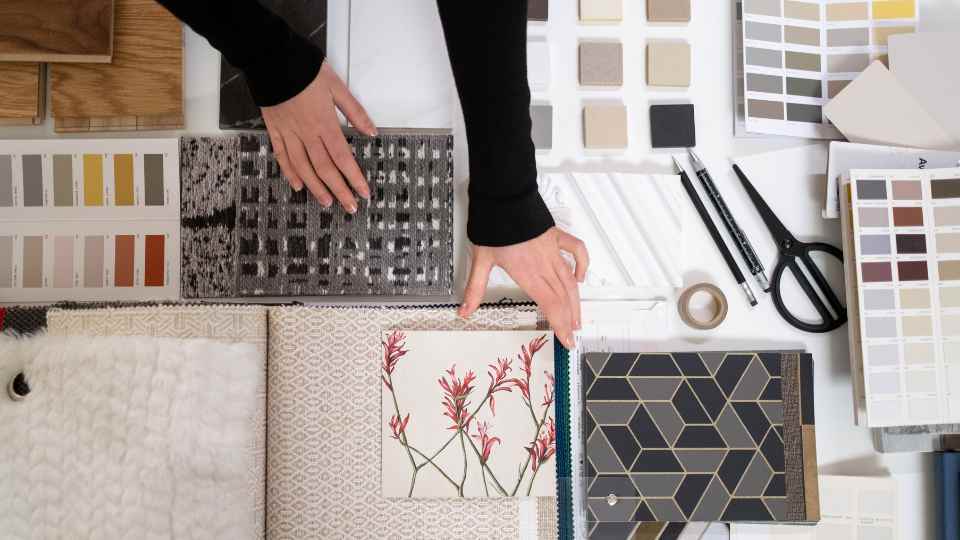
Furthermore, social media platforms such as Pinterest or Instagram can serve as an excellent source of visual inspiration. They can help you envision your dream bathroom and even provide links to suppliers or cost estimates for specific fixtures and finishes.
However, don’t underestimate the value of traditional media. Magazines and home improvement shows continue to be a reliable source of inspiration. They showcase the latest bathroom designs and fixtures and provide expert advice and tips on budgeting and planning your renovation.
Home improvement stores also offer an opportunity to see and feel products in person, giving you a better sense of their quality and aesthetics.
By casting a wide net in your research phase, you stand a better chance of finding design ideas and fixtures that resonate with your style and fit within your budget. Remember, a well-informed decision is wise, and thorough research is the cornerstone of informed decision-making.
3. Set a Realistic Budget
Setting a realistic budget for your bathroom remodel is an essential step that dictates the extent and success of your project. To establish an adequate budget, begin by assessing your financial capacity.
Understand how much you are willing and able to invest in this renovation. When evaluating your finances, consider the entire project, from materials and labor to unexpected bathroom remodel costs that may arise.
Add a contingency fund to cover unforeseen expenses, typically 10-20% of your budget.
The size and complexity of your renovation project significantly influence its cost. A larger, more complex project will naturally require a bigger budget than a simple, smaller one.
Consider the scale of your renovation. Are you planning a total bathroom overhaul or just a minor update? The level of changes you wish to implement, from structural alterations to aesthetic upgrades like fixtures and finishing, will play a significant role in your budget planning.

Your desired features also have an impact on your budget. Higher-end materials and fixtures come with a heftier price tag.
If you envision a luxury bathroom with top-of-the-line features such as a whirlpool tub or heated floors, you must allocate a higher budget for these items.
On the other hand, if your goal is to create a simple, functional space, less-expensive options might be more suitable.
Remember, every little bit adds up. Knowing your financial constraints and making wise decisions, you can create your dream bathroom without straining your wallet.
4. Prioritize Your Wish List
As you embark on your bathroom remodel journey, prioritizing your wish list is crucial to your available resources in your planning process. The reality is that most of us have budget constraints that necessitate careful selection and prioritization of features and upgrades.
This process is not merely about choosing what you want most; it’s about understanding the cost implications of each element and adjusting your desires to align with your financial capacity. It’s about balancing your dream bathroom and your available resources.
Different features and upgrades come with varying price tags; understanding these costs can help you make informed decisions. For instance, structural changes like adjusting the layout or expanding the space are generally more expensive as they involve extensive labor and often require professional expertise.
On the other hand, cosmetic upgrades like new paint or updated fixtures can be relatively cost-effective, especially if you’re open to DIY solutions.
Luxury features such as heated floors, whirlpool tubs, or high-end finishes can significantly elevate the cost, so assessing their value is essential.
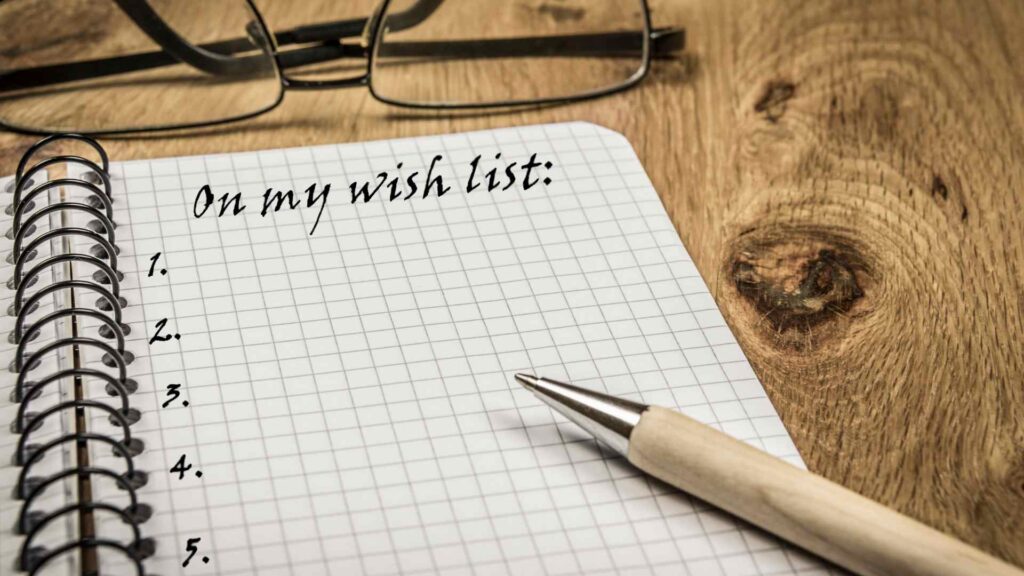
Always remember that while having high-end features is excellent for assessing their value to you, it’s also essential to ensure you’re getting a good return on your investment.
- To prioritize your wish list effectively, list having aesthetics. Prioritizing high-end features is excellent with aesthetics and features you’d like in your renovated bathroom.
- Following this, categorize them into ‘must-haves’ and ‘nice-to-haves.’ Your ‘must-haves’ should include elements essential for your space’s functionality or aesthetics. Prioritize your wish list effectively; a list incur significantly enhancing or those that will significantly enhance your quality of life.
- Your ‘nice-to-haves’ can include those luxury upgrades or aesthetic features you desire but can live without if budget constraints arise.
Doing this ensures that the most critical aspects of your bathroom are catered to first while allowing room for those extra touches if your budget permits.
5. Calculate Projected Bathroom Remodel Cost
After you’ve set a budget and prioritized your wish list, it’s crucial to break down the main cost components of a bathroom remodel. This includes the costs of materials, labor, and fixtures.
Building materials can range from affordable to high-end, and you must choose these based on your budget and aesthetic preferences. Research the costs of everything from drywall and tile to the paint of your choice.
Labor costs will likely be a significant portion of your budget. This includes the cost of hiring professionals such as plumbers, electricians, and contractors.
Labor costs can vary widely depending on your location and the complexity of the work involved, so be sure to get several quotes before making a decision. It’s also essential to factor in the possibility of unforeseen labor costs that might arise due to complications during the renovation.

Finally, fixtures and fittings such as sinks, toilets, bathtubs, and lighting must also be factored into your budget. The cost of these items can vary greatly, from budget-friendly options to high-end luxury models. When estimating the cost of fixtures, don’t forget to include elements like faucets, shower heads, and even smaller items like towel bars and toilet paper holders. Always remember to balance cost with quality, as cheaper options might cost more in the long run if they need to be replaced frequently.
6. Hidden Costs and Contingency
Bathroom remodels often come with surprises that may blow up your initial budget if not adequately planned. One hidden cost that often catches homeowners off guard involves plumbing or structural issues.
For instance, once the renovation begins, you may encounter old or faulty plumbing that must be replaced or repaired. This can be a considerable cost, particularly if you need to re-route some pipes.
Also, hidden water damage or mold issues uncovered during the renovation can incur extra expenses. You may not be able to foresee these issues until the renovation process begins, and by then, you may be significantly over budget.
For this reason, experienced project managers always recommend setting aside a contingency fund during your initial budget planning. Typically, this is around 10-20% of your total budget.
This extra cash will be a lifesaver when those inevitable surprises crop up. It provides a buffer for handling unforeseen bathroom remodel costs and ensures your project can continue smoothly without any financial hiccups.

By planning for unexpected costs from the onset, you prevent yourself from halting your project or compromising your desired features due to lack of funds.
Being financially prepared is not about anticipating every possible scenario but creating a plan that allows flexibility and adaptability. With a contingency fund in place, you equip yourself with the financial resilience needed to handle unforeseen expenses that may arise.
While we all hope not to dip into this fund, having it provides peace of mind and ensures that your bathroom renovation project will be completed satisfactorily without breaking the bank.
7. DIY vs. Hiring Professionals
Pondering on DIY versus hiring professionals for a bathroom remodel is not uncommon. Each approach has its advantages and drawbacks, and the decision largely hinges on your proficiency with home improvement tasks, the complexity of the project, and your available budget.
DIY can be a cost-saving and rewarding endeavor for those with a penchant for hands-on projects and a reasonably good grasp of basic renovation tasks. This approach can be exceptionally viable for cosmetic upgrades such as painting, updating fixtures, or even some tiling work.
Apart from the potential cost savings, a sense of satisfaction and personal touch comes with doing the work yourself. However, it’s crucial to remain honest with your skills and time. Overestimating your DIY abilities or underestimating the time commitment can lead to costly mistakes and prolonged project timelines.

On the other hand, hiring professionals is advisable for more complex structural tasks such as plumbing, electrical work, or extensive remodeling that requires a permit.
Professionals come with the right skills, knowledge, and equipment to ensure the job is done correctly and safely. They also offer a level of speed and efficiency that might be hard to achieve on a DIY basis.
While this might require a more significant upfront investment, it can save you from expensive repairs. Balancing DIY tasks and professional work is vital to a successful bathroom remodel. It’s about knowing when to roll up your sleeves and when to call in the experts.
8. Material and Fixture Selection
Your selection of materials and fixtures can significantly influence your bathroom renovation’s overall cost and aesthetic appeal. As you embark on this selection process, it’s crucial to consider your budget and the long-term durability of your choices.
Don’t be misled into thinking that higher-priced luxury bathroom materials automatically translate to better quality. There are numerous cost-effective options available that offer both style and longevity.
For instance, vinyl flooring has evolved vastly in recent years, offering water resistance and durability, with various designs mimicking more expensive materials like stone or wood.
Regarding fixtures, it’s essential to balance function, cost, and style. Start by identifying the must-have items for your bathroom – such as a low-flow showerhead, energy-efficient lighting, or a dual-flush toilet.
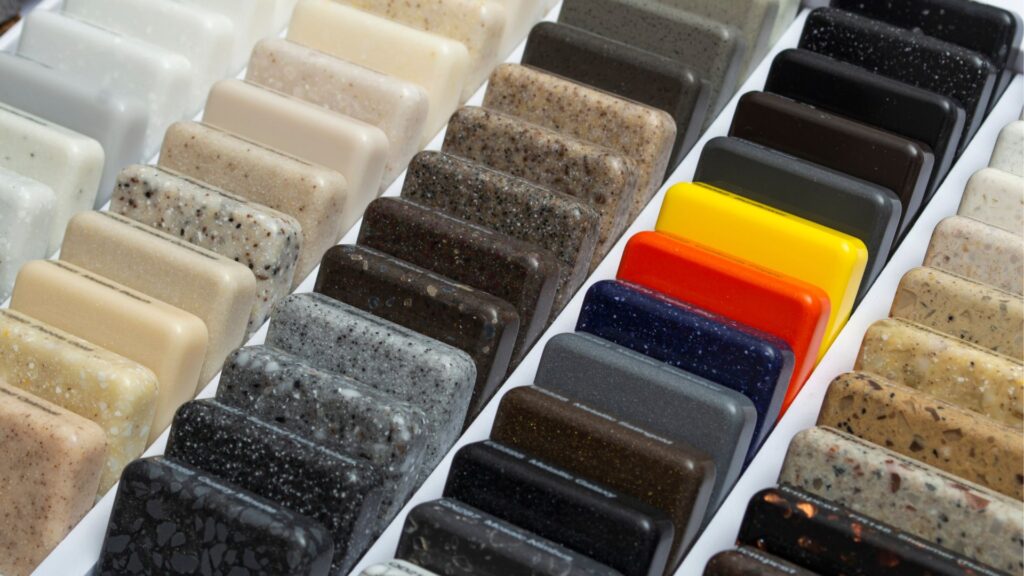
Investing in energy-efficient fixtures might be more costly upfront, but they often pay for themselves over time through reduced utility bills. Explore different options for fixtures where style plays a significant role, such as faucets or light fixtures. Budget-friendly choices often offer the same visual appeal as high-end models.
Remember that while it’s essential to be budget-conscious, there are also times when it’s worth splurging. Consider investing more in elements that will see heavy use or can be a focal point in your bathroom.
For instance, a high-quality vanity or a uniquely designed mirror can significantly enhance the look of your bathroom while providing practical use.
Similarly, investing in a more expensive option for high-traffic areas, like floor tiles, can ensure longevity and reduce the need for frequent replacements. Budget considerations, aesthetic preferences, and practicality should drive your decisions.
9. Get Quotes from Contractors:
Obtaining quotes from contractors is a crucial step in your bathroom renovation project. This process allows you to gauge the cost of labor and materials, compare among various service providers, and plan your budget accordingly.
Contact several contractors, ideally three to five, to request itemized quotes. This itemization should include labor costs, material costs, and any other fees that might come into play. Be clear about your expectations and the project scope to ensure the quotes you receive are as accurate as possible.
When reviewing the quotes, it’s essential not to let the price be the only deciding factor. While staying within your budget is critical, remember the age-old saying, “You get what you pay for.” The lowest bid might not always mean the best value for your money.
Consider the contractor’s reputation, work quality, experience, and warranty coverage. If a quote seems too good to be true, it probably is. So, be wary of contractors offering meager prices. They might be cutting corners, using substandard materials, or being improperly licensed.

Lastly, don’t forget to follow up with the contractors’ past clients or check online reviews to get a sense of their reliability and quality of work.
A trustworthy contractor will be more than ready to provide references. Also, consider how well the contractor communicates and if they seem professional and punctual.
A contractor’s professionalism can often reflect the quality of work you can expect. With careful consideration and thorough comparisons, you’ll be better equipped to choose a contractor that suits your renovation needs and budget.
10. Factor in Labor Costs:
Labor costs in bathroom remodel projects can vary significantly, influenced mainly by the complexity of the tasks. Labor costs might constitute a smaller fraction of your budget for simple upgrades such as painting or fixture replacement.
However, the labor costs can escalate quickly when the project involves more complicated tasks such as re-routing plumbing lines, installing new electrical wiring, or moving walls.
It’s essential to clearly understand your renovation project’s scope to forecast labor costs accurately. A contingency plan for unforeseen labor costs can be a prudent financial move, especially for extensive renovations.
The importance of hiring skilled professionals for bathroom renovations cannot be overstressed. Professionals have the right skills, expertise, and tools to deliver quality artistry.
Their experience with similar projects lets them anticipate and handle potential roadblocks effectively, minimizing costly delays or mistakes. Specialized professionals such as plumbers, electricians, and tile installers are often worth their weight in gold, providing peace of mind that the work is done right the first time.
While their services might come at a higher cost, the added quality assurance often justifies the investment.

Moreover, labor costs should not just be viewed as an expense but as an investment in the quality and durability of your renovation work. Cutting corners in labor costs can lead to inferior artistry, which might necessitate costly repairs or rework down the line.
Hiring less-skilled workers or trying to DIY complex tasks might seem economical in the short term, but it often proves more expensive in the long run due to mistakes and lower-quality work.
Therefore, it’s advisable to allocate a fair portion of your budget toward hiring skilled professionals to ensure your bathroom renovation is completed to a high standard.
11. Create a Detailed Budget Plan
Creating a detailed budget plan for your bathroom renovation is a crucial and admittedly complex task. Still, as an experienced project manager assistant, I can assure you that it’s an endeavor that pays off in the long run.
The first step is to account for all the anticipated expenses. This includes significant bathroom remodel costs like materials and labor and less conspicuous ones such as permit fees, waste disposal, and tool rentals. Additionally, it’s wise to set aside an ’emergency fund’ or a contingency fund, typically 10-20% of your overall budget, to cover unforeseen expenses or changes to the original plan.
To organize your budget plan, it’s helpful to categorize expenses into different buckets such as ‘fixtures and fittings,’ ‘labor,’ ‘materials,’ and ‘additional costs.’
Each category can then be further broken down. For instance, ‘fixtures and fittings’ can include various items such as a sink, bathtub, shower, faucets, toilet, and lighting. ‘Labor’ can be subdivided into plumber, electrician, tiler, etc.

Spreadsheets can be a practical tool for this purpose, allowing you to quickly update costs, calculate totals, and keep track of your spending against your budget.
Finally, remember that a budget is not static. It’s a living document that should be updated regularly as you get more accurate quotes, make purchases, and progress through the renovation. Regularly updating your budget allows you to stay in control of your finances and make informed decisions throughout the bathroom remodeling project.
For instance, if you’ve saved money in one area, you may allocate those funds to upgrade another. Conversely, you can identify areas to cut back if costs exceed expectations. With a detailed and well-organized budget, you’ll be well-equipped to manage your bathroom remodel project successfully.
12. Allocate for Design and Aesthetics
Design and aesthetics play a crucial role in any project, directly influencing the overall look and feel of the final product. However, it’s important to remember that these choices also have significant financial implications.
For instance, the selection of color schemes can drastically alter the mood and ambiance of a space, but certain hues may necessitate more costly materials. Similarly, unique tile patterns can add a touch of personal flair and sophistication, but complex designs often require additional labor and, therefore, increased expenses.
Therefore, thoughtful consideration of design elements is not merely an artistic decision but a strategic economic one.
There’s no denying that achieving a balance between aesthetics and cost can be a challenging task. However, a few techniques can guide you towards a pragmatic yet visually pleasing outcome.

One method is establishing a clear budget, a blueprint for design choices. This encourages prioritizing only the most impactful elements and can prevent the costs from spiraling out of control.
Another tip is to explore cost-effective alternatives to high-end materials. Often, less expensive options are available that almost perfectly mimic the look of luxury materials.
Investing in critical pieces or features that will be the room’s focal points can help you save elsewhere.
Lastly, remember that simplicity often reigns supreme; a minimalist approach can be aesthetically pleasing and gentle on the pocket. By integrating these strategies, you can create a stunning aesthetic that aligns with your financial objectives.
13. Contain Costs with Smart Choices
Making intelligent, cost-effective choices is a pivotal aspect of project management that demands strategic planning and informed decision-making. I’ve learned that quality doesn’t necessarily equate to higher costs.
Indeed, numerous techniques are available to minimize expenses without sacrificing the quality of your bathroom.
Initially, setting a realistic budget and sticking to it is beneficial, making adjustments only when necessary. Also, consider investing in high-quality items for critical aspects of your project, as these can often prove more cost-effective in the long run due to their durability and longer lifespan.
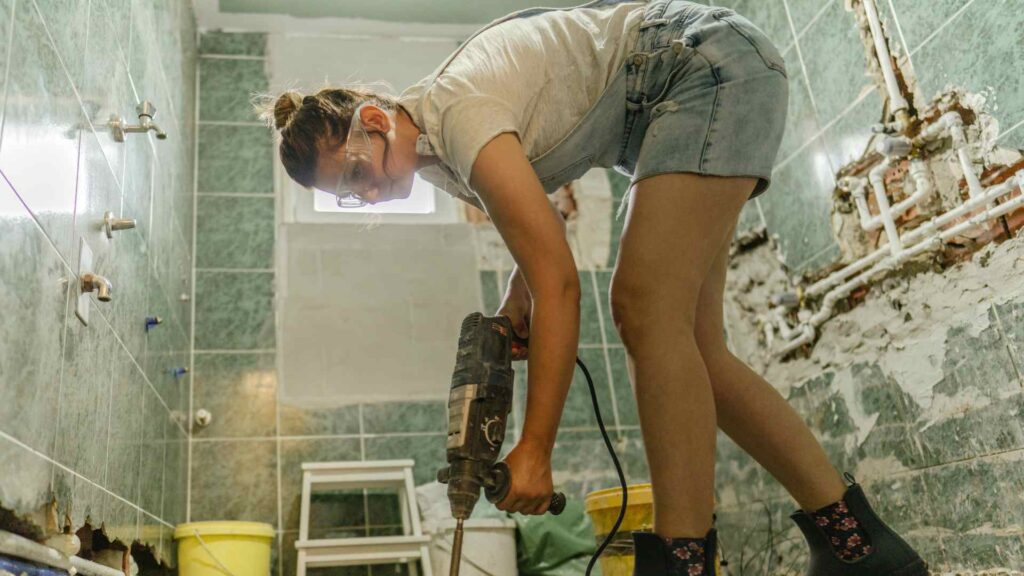
Exploring alternatives is another strategy to achieve the desired aesthetic within the confines of your budget. Materials and products are often available at a lower cost that can mimic the appearance of their more expensive counterparts.
For instance, laminate or vinyl flooring can be a cost-effective alternative to hardwood, providing a similar look for a fraction of the price. Similarly, choosing off-the-shelf items instead of custom-made pieces can significantly cut costs.
Finally, negotiating with vendors can lead to substantial savings. Most suppliers are open to discussions on pricing, especially when dealing with larger orders.
However, doing this tactfully is essential, ensuring you maintain a good relationship with the vendors for future projects. It’s also advantageous to stay updated on market trends, allowing you to capitalize on deals or discounts.
By implementing these strategies, you can effectively manage costs, ensuring the project doesn’t overrun the budget while achieving a high-quality outcome.
14. Monitoring and Adjusting the Budget
Monitoring and adjusting the budget throughout a renovation project is integral to effective project management. This active involvement allows for real-time tracking of expenses and helps identify any discrepancies between estimated and actual costs early on.
There are several ways to track expenses effectively. For instance, project management software or applications can automate monitoring, providing regular updates and alerts for variances.
Another approach is keeping meticulous records of all transactions, including invoices, receipts, and contracts. These records form an audit trail that can be referenced to validate expenses and ensure they align with the budget.
While meticulous planning can significantly reduce the likelihood of surprises, it is not uncommon for changes to occur mid-project that can impact the budget. These could be due to unforeseen challenges that arise during construction, changes in material prices, or alterations in the project scope.
Reviewing the bathroom remodeling project plan and identifying areas where costs can be cut without negatively impacting the outcome is essential. Certain aesthetic elements can be simplified, or less expensive materials can be used in less critical areas. At the same time, always ensure that cost-cutting measures do not compromise the integrity or safety of the project.

After all, budget adjustment aims to achieve the best possible outcome within the available resources. By keeping a close eye on the budget and being prepared to make informed adjustments as necessary, you can ensure the successful completion of your bathroom remodeling project, even when unexpected costs arise.
Final Thoughts
Successfully budgeting for a bathroom remodel involves carefully balancing planning, cost management, and quality control. The first step is to plan your renovation meticulously, define the desired look, and identify the necessary tasks to achieve this vision.
This planning phase should include a detailed cost estimation, which can serve as a blueprint for your budget. Factors to consider in this estimation include materials, labor, and additional expenses such as permits or inspections.
It’s crucial at this stage to be realistic about what you can afford and to prioritize your spending according to what’s most important to you.
Lastly, staying actively involved in monitoring and adjusting your budget as the renovation progresses would be best. This involves keeping a close eye on expenses to ensure they align with your budget and making adjustments as necessary if unexpected costs arise.
A contingency fund is also crucial to cover unforeseen expenses and prevent your project from exceeding budget. By implementing these strategies, you can ensure a successful and budget-friendly bathroom renovation.

